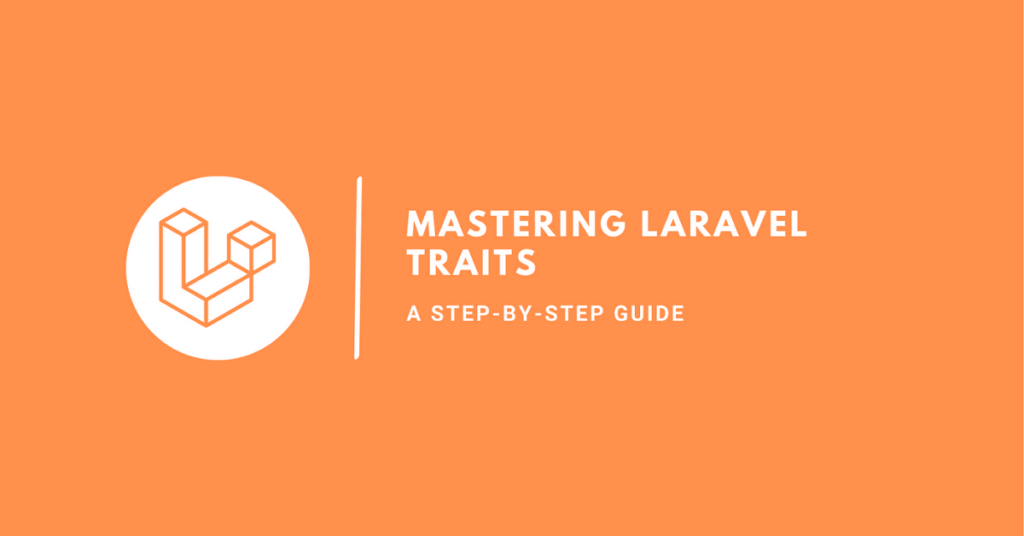Mastering Laravel with Traits: Elevate Your Code to New Heights
Laravel, a robust PHP framework, offers more than just a foundation for building applications; it provides a canvas for creating cleaner, maintainable, and impactful projects. In this realm, traits emerge as a hidden gem, poised to supercharge your Laravel applications.
Mastering Laravel with Traits: Understanding Traits:
Traits can be envisioned as bundles of code that encapsulate reusable functionality. Acting as mixins, they imbue classes with specific behaviors, sidestepping the intricacies of conventional inheritance. This makes traits an ideal solution for infusing common tasks into various parts of your application.

Mastering Laravel with Traits: Why Embrace Traits in Laravel?
1. Code Reusability: Eliminate redundancy by encapsulating shared logic within traits. This not only streamlines your codebase but also enhances maintainability.
2. Improved Organization: Enhance code clarity and readability by grouping related functionalities into dedicated traits. Think of them as mini-libraries seamlessly integrated into your application.
3. Modular Development: Compose classes with precise functionalities by incorporating relevant traits. This fosters a modular architecture, rendering your code more flexible and adaptable.
4. Avoiding Multiple Inheritance Issues: Traits offer a safer and more controlled way to share behavior without causing conflicts when used by multiple classes, as opposed to traditional inheritance.
Mastering Laravel with Traits: Tips for Maximizing the Power of Traits
1. Identify Reusable Logic: Scout for common functionalities across your classes. Extract them into traits to reduce duplication and enhance your codebase.
2. Keep Traits Focused: Each trait should have a clear purpose, avoiding unrelated methods. Focusing on specific functionalities maintains clarity and prevents code bloat.
3. Name Your Traits Descriptively: Opt for names that accurately reflect the behavior they provide. This ensures clarity and facilitates understanding of their purpose and usage.
4. Document Your Traits: Enhance code understanding and collaboration by adding comments explaining the trait’s functionality and how to use it.
5. Test Your Traits: Treat traits like any other code—write unit tests to verify their functionality and ensure they work as expected.
Mastering Laravel with Traits: Examples of Trait Power
1. Loggable Trait: Inject logging functionality into any class with a single use statement, ideal for debugging and monitoring.
2. Sluggable Trait: Generate SEO-friendly slugs for models such as posts, products, or categories effortlessly.
3. Searchable Trait: Implement basic search functionality in models without burdening them with intricate search logic.
4. Imageable Trait: Simplify media management by handling image uploads, resizing, and conversions with a single trait.
Mastering Laravel with Traits: Going Beyond the Basics
1. Method Aliases: Rename trait methods within a class using aliases for cleaner and more context-specific code.
2. Trait Conflicts: Address potential conflicts between methods of different traits used by a class. Understand how to handle these conflicts gracefully.
Mastering Laravel with Traits: Conclusion
Traits are not just a cool feature; they are a potent tool for elevating your Laravel applications. By leveraging their strengths and incorporating them thoughtfully, you can unlock a new level of code organization, reusability, and maintainability. So, why delay? Start extracting that shared code and let your Laravel applications truly shine!
Hidden Treasures: Top 5 Web Design and Development Gems You Need to Explore





Leave A Comment